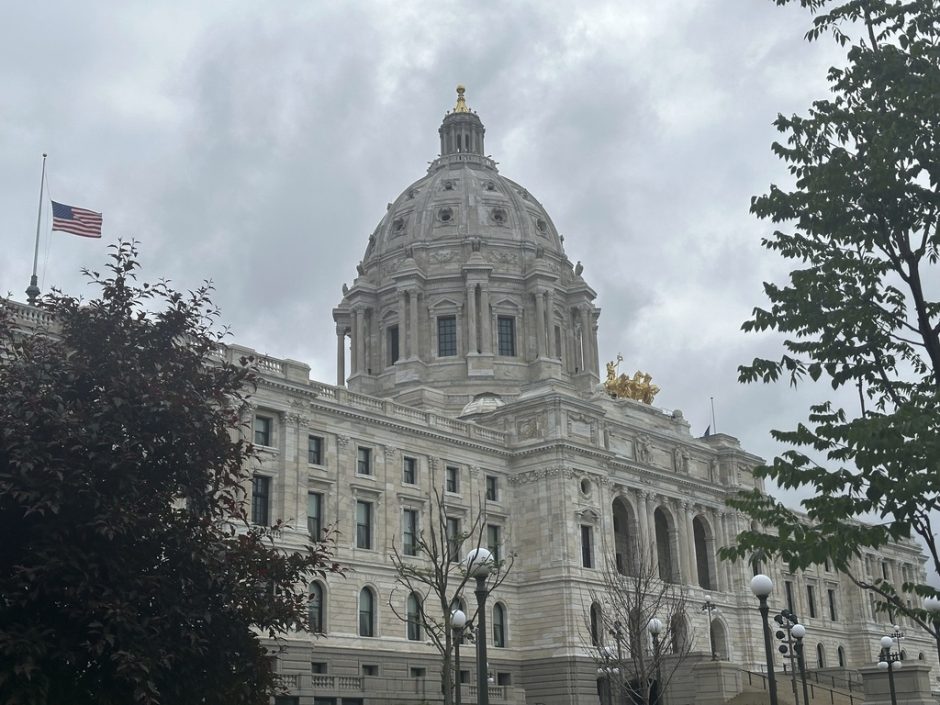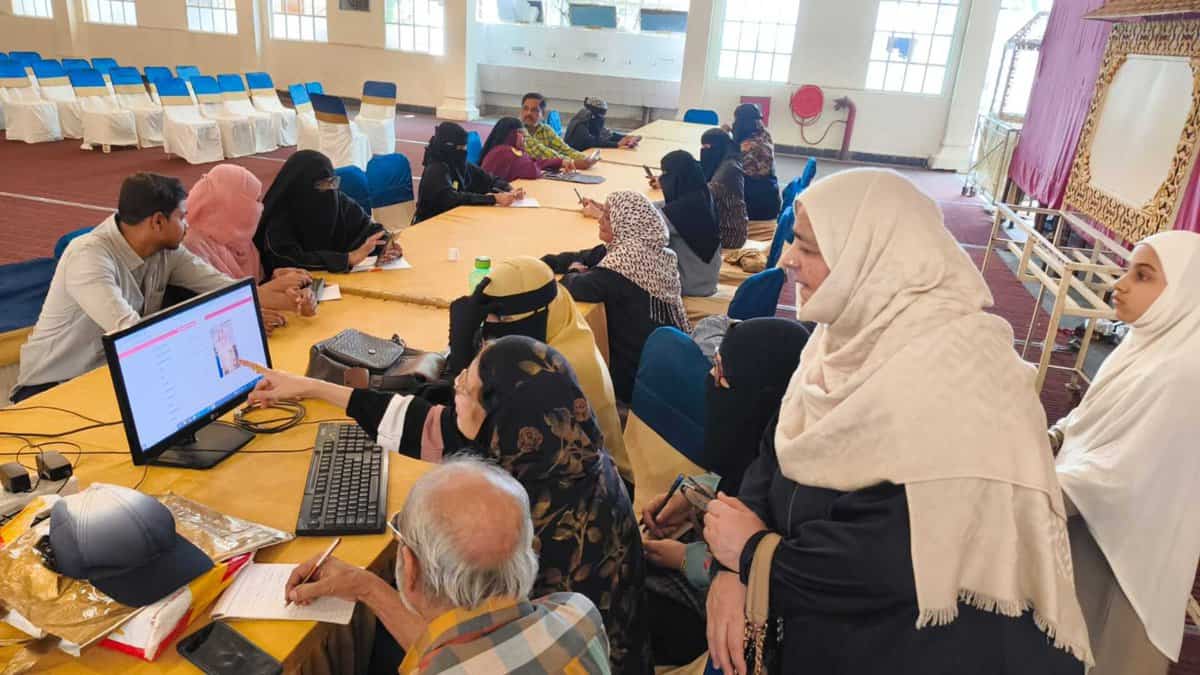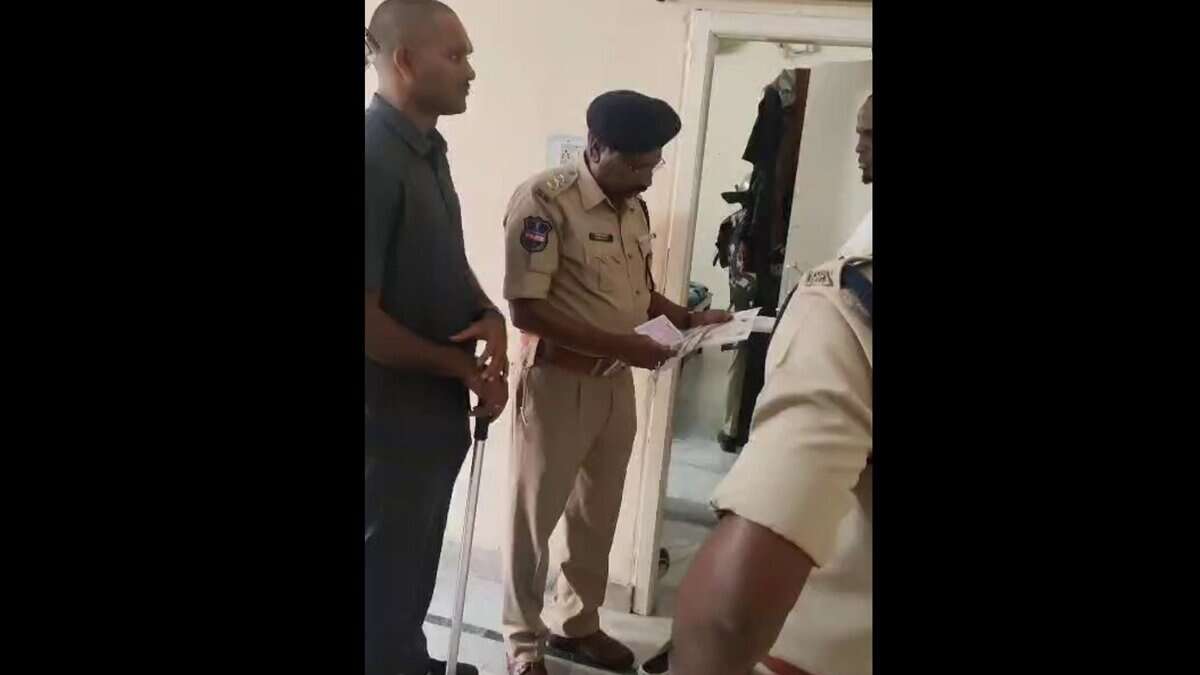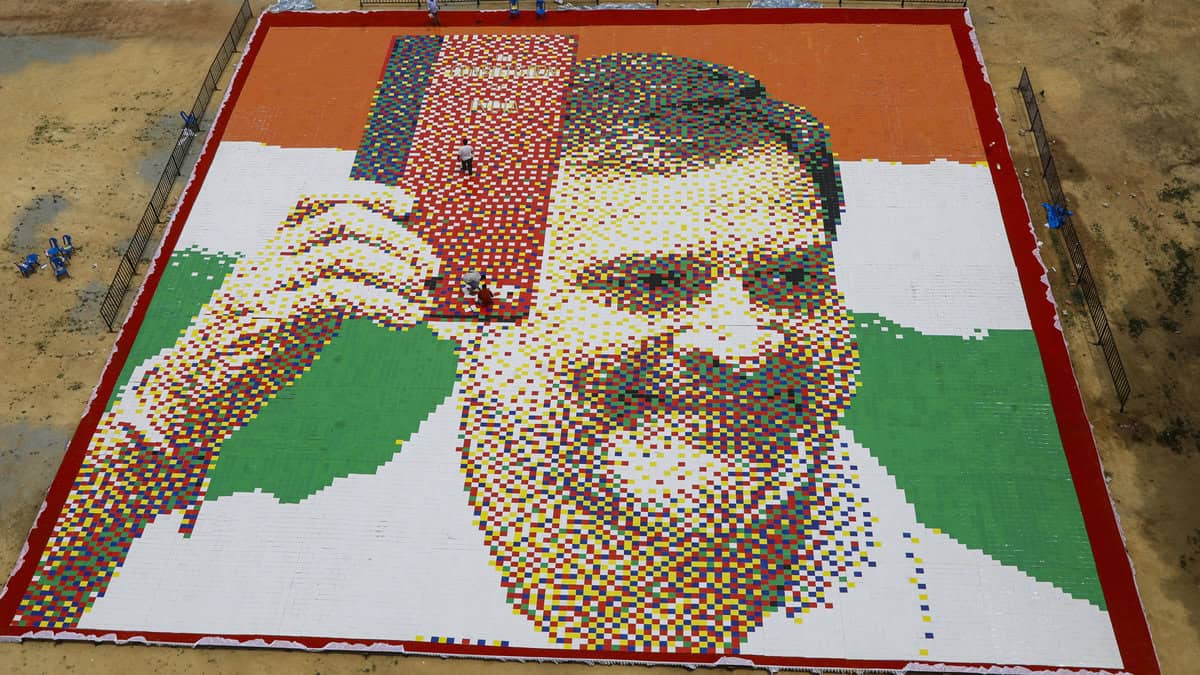Apart from this big treasure , there have been reports of gold deposits being found in various districts of Odisha, including Deogarh, Keonjhar, and Mayurbhanj.
A recent study by the Geological Survey of India (GSI) has indicated the presence of lithium deposits in some districts of Odisha. A senior GSI official shared this information to the media, stating that if lithium is confirmed in Odisha, it could pave the way for setting up electric vehicle manufacturing units in the state. Lithium is a widely used metal in the production of batteries, aluminum, and lead products.
GSI Deputy Director General Pankaj Kumar mentioned, “No major discovery has been made yet, but there are some indications of lithium presence. We are still in the very early stages, so no definitive claims can be made. However, geologically speaking, areas like Nayagarh in the Eastern Ghats have shown some signs.” Earlier, lithium deposits were also found in parts of Karnataka and Jammu & Kashmir.
Apart from lithium, there have been reports of gold deposits being found in various districts of Odisha, including Deogarh, Keonjhar, and Mayurbhanj. The Geological Survey of India (GSI) has been involved in explorations of these minerals.
Odisha’s mining work
Pankaj Kumar shared these insights during a GSI meeting held ahead of the two-day National Mines Ministers’ Conference starting Monday in Konark. Meanwhile, Union Mines Secretary V.L. Kantha Rao informed reporters that GSI is surveying mineral reserves in Odisha using drones and other advanced methods. The agency has also begun incorporating artificial intelligence (AI) in its surveys.
He added, “The use of drone-based technologies has made the process faster and easier. Two pilot projects have been launched in India — one in Rajasthan and the other in Odisha’s Mayurbhanj district.” Rao also said that mineral survey activities would be intensified in districts where mining operations have been inactive for years.
What did Rao say at CGPI’s 64th meeting?
Union Mines Secretary V.L. Kantha Rao stressed the importance of the Mines Ministers’ Conference, noting that Odisha contributes nearly 50% of the country’s total mineral output. While addressing the 64th meeting of the Central Geological Programming Board (CGPI), Rao highlighted the board’s vital role in fostering collaboration and advancing geological research. As the chairperson of the CGPI, he underlined the importance of the platform in driving progress in geology.
Rao also outlined key initiatives by the Ministry of Mines, aligning them with significant recent budget announcements, such as the ‘Critical Mineral Mission’ and offshore mining. He noted the successful auction of 24 critical mineral blocks in the financial year 2024-25 so far. Additionally, he appealed for the utilization of funds from the National Mineral Exploration Trust (NMET) to implement research and development projects.

















































